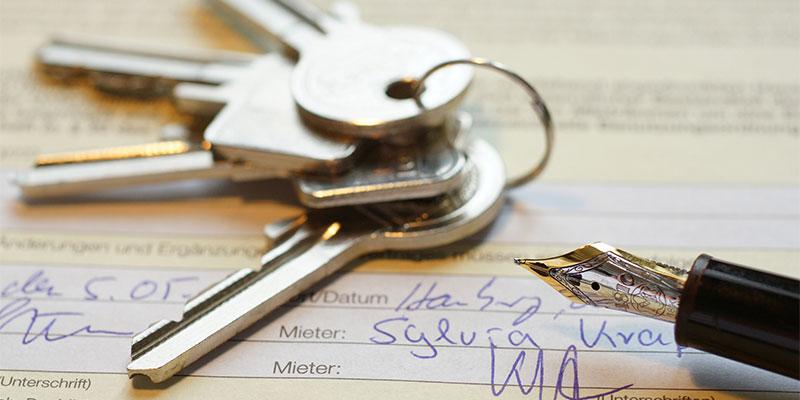
Buying a home is most likely the largest purchase you will ever make. However, many people aren’t clear on how much house they can afford, and may end up overestimating their ability to make payments on their new home and winding up “house poor.” This means that a person has invested too much in their home, leaving them with few financial resources for other things like vacations, travel, car payments and other financial obligations.
 How can you avoid spending too much on your home and becoming house poor? Read on to learn how to determine how much of a mortgage you can comfortably afford, so you can be financially sound for the long term!
How can you avoid spending too much on your home and becoming house poor? Read on to learn how to determine how much of a mortgage you can comfortably afford, so you can be financially sound for the long term!
What is Your Annual Household Income?
The first thing that you should consider when determining how much you can afford is how much you earn. Many first-time homeowners make the mistake of buying a home based on what they expect to be making later, after a promotion or job change. However, nothing in the future is set in stone, so it is best to rely on your current salary when determining what you can afford. Housing experts recommend that you pay no more than 28% of your household income on your mortgage payment to ensure that you do not become house poor. For example, if you make $5,000 per month, you should try to ensure that your monthly mortgage payment (including taxes, hazard insurance, and private mortgage insurance if applicable) does not exceed $1,400.
Do You Have Any Debt?
Your income isn’t the only thing you should consider when you decide on your mortgage amount. If you have any outstanding debt, you need to take that into consideration, too. Common debt sources include student loans, credit cards and other payments. Before you apply for a mortgage, it is important to take stock of what your monthly debt payments are and work that into your affordability calculations. Even better, do your best to pay down your debt before you make a home purchase. Having less debt will give you a more favorable debt to income ratio (your monthly debt divided by gross monthly income), which is a major consideration for lenders when they are deciding to approve you for a loan.
Do You Have a 20 Percent Down Payment?
Although in many cases a 20 percent down payment isn’t required to purchase a home, if you put less than 20 percent down you will likely have to pay mortgage insurance (MI). This insurance can be required by the lender to protect them against losses just in case the borrower defaults on the loan. The cost of MI can vary, but you can expect to pay up to 5 percent of your monthly payment for MI.
Don’t Forget About Taxes
Your mortgage payment includes a whole lot more than just your principal and MI. Your payment will also include property taxes as well as homeowner’s insurance. Depending on the home you choose, you may also have to pay Home Owner’s Association (HOA) dues. These extra payments each month can really add up, so educate yourself on their costs before you close on your loan.
After considering all of these factors, you can make an educated decision on just how much home you can afford. Always remember that just because a lender approves you for a certain loan amount doesn’t mean you should take the whole thing. To avoid becoming house poor and to ensure your financial health for years to come, only take on a loan that you can comfortably afford.
Check out our affordability calculators here.